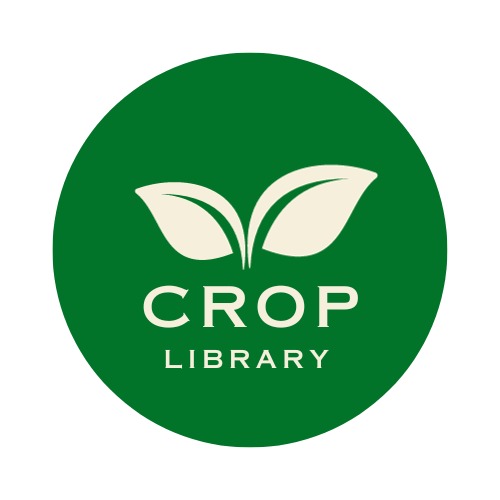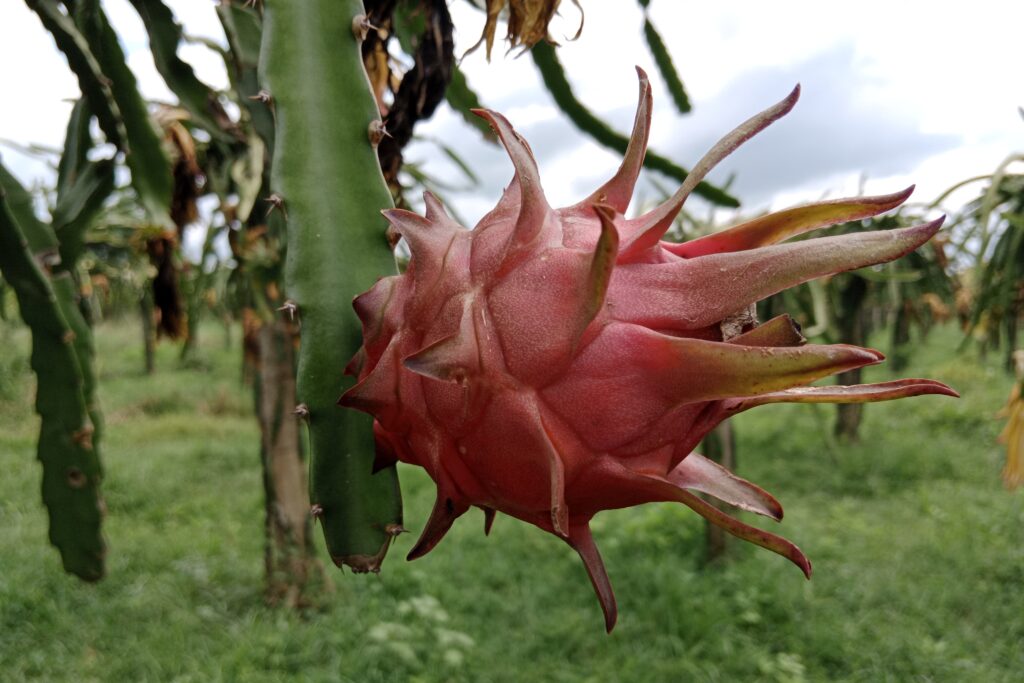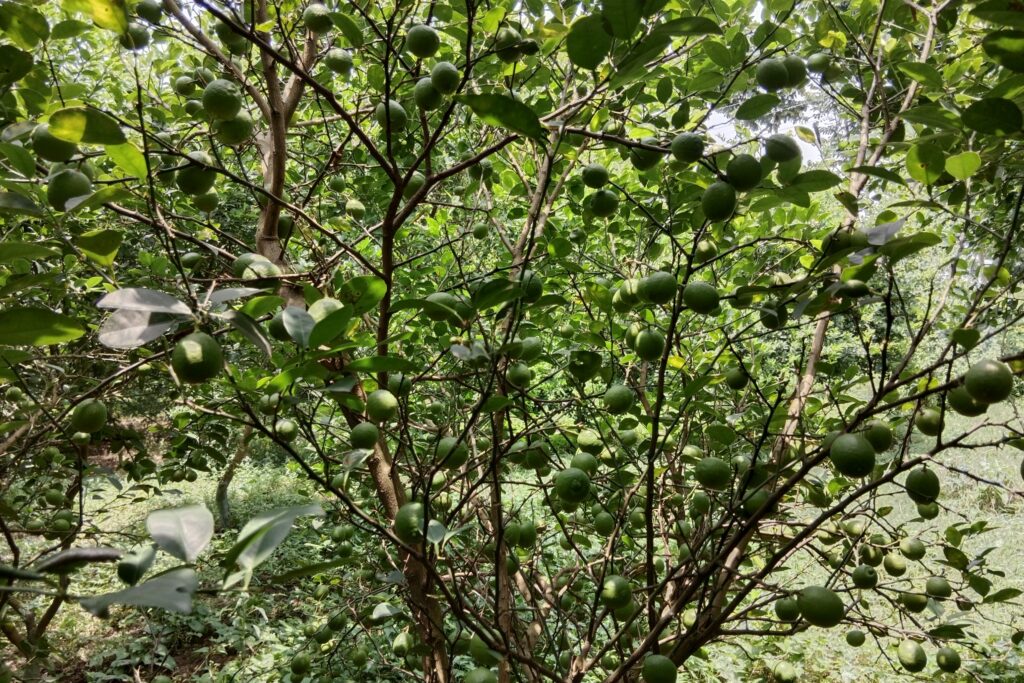Structure of a eukaryotic gene
Eukaryotic genes, the fundamental units of heredity, comprise both coding regions (exons) and non-coding regions (introns) that guide the synthesis of proteins or functional RNA molecules. These structural elements are vital for regulating gene expression and processing mRNA. The organization of these components forms the basis of eukaryotic gene expression, enabling the seamless execution of transcription, mRNA processing, and translation into functional proteins. The dynamic interaction between exons and introns ensures accurate and efficient regulation of genetic information, supporting the complexity and adaptability of eukaryotic organisms.
Exon: The Coding Region
- Exons are the segments of a eukaryotic gene that contain the nucleotide sequences coding for proteins or functional RNAs.
- During transcription, both exons and introns are transcribed into the primary RNA transcript (pre-mRNA).
- In the splicing process, exons are retained and joined together to form a continuous coding sequence in mature mRNA.
- Exons carry the information that determines the amino acid sequence of the protein during translation.
Intron: The Non-Coding Region
- Introns are sequences of DNA located between exons and do not code for proteins.
- Though they are transcribed into pre-mRNA, introns are removed during the splicing process by the spliceosome.
- Introns often contain regulatory elements that influence gene expression, such as enhancers or silencers.
- The removal of introns allows for alternative splicing, a process that generates multiple protein isoforms from a single gene by splicing exons in different combinations.
Read Also: Lac Operon
mRNA Biosynthesis in Eukaryotes
The synthesis of mRNA in eukaryotic cells is a multistep process that transforms genetic information encoded in DNA into a mature mRNA molecule ready for protein synthesis. This process encompasses transcription and essential post-transcriptional modifications, ensuring the accurate and efficient expression of genes.
Transcription
Transcription is the first phase of mRNA biosynthesis, where RNA polymerase II transcribes DNA into a pre-mRNA molecule.
Initiation
- The process begins at the promoter region, located upstream of the coding sequence.
- CAAT-box: Enhances the binding of transcription factors to facilitate transcription.
- TATA-box: Found approximately 25–35 base pairs upstream of the transcription start site, it serves as a docking site for transcription factors.
- Various transcription factors (TFs), including TF II D, TF II A, TF II B, TF II H, and others, bind in a coordinated manner to form the pre-initiation complex.
- TF II H is particularly crucial, as it unwinds the DNA (helicase activity) and phosphorylates RNA polymerase II, enabling it to begin transcription.
- The pre-initiation complex ensures the precise alignment of RNA polymerase II at the start site.
Elongation
- RNA polymerase II traverses the DNA template, generating the RNA strand in the 5′ to 3′ direction.
- The resulting pre-mRNA includes both exons (protein-coding sequences) and introns (non-coding sequences).
Termination
- RNA polymerase II disengages from the DNA template upon encountering specific termination signals, releasing the newly formed pre-mRNA molecule.
5′ Capping
Once the pre-mRNA is synthesized, a critical modification occurs at its 5′ end: the addition of a 7-methylguanosine cap. This capping process involves three enzymatic steps:
a). Phosphate removal: A phosphate group is removed from the 5′ end by RNA triphosphatase.
b). GTP addition: Guanylyl transferase adds a guanosine triphosphate (GTP) molecule.
c). Methylation: Methyltransferase methylates the guanine base to complete the cap structure.
Roles of the 5′ Cap
- Shields mRNA from degradation by exonucleases.
- Aids in the transport of mRNA from the nucleus to the cytoplasm.
- Improves translation efficiency by facilitating ribosome attachment during protein synthesis.
The complex process of transcription and 5′ capping ensures the accurate transcription and proper modification of genetic information encoded in DNA, establishing a crucial foundation for subsequent mRNA processing and translation.
Post-Transcriptional Modifications
Post-transcriptional modifications are crucial steps that occur after transcription to produce a mature mRNA molecule ready for translation. These modifications ensure proper processing, stability, and functionality of mRNA.
Polyadenylation
Polyadenylation Signal
The sequence AAUAAA in the pre-mRNA serves as a signal for cleavage and polyadenylation. Cleavage occurs downstream of this sequence.
Steps of Polyadenylation
Cleavage
Endonucleases cleave the pre-mRNA at a specific site downstream of the polyadenylation signal.
Addition of Poly(A) Tail
Poly(A) polymerase adds a chain of adenosine residues (poly(A) tail) to the cleaved end, using ATP as an energy source.
Functions of Polyadenylation
- mRNA Stability: The poly(A) tail safeguards mRNA from degradation by exonucleases.
- Nuclear Export: Assists in the transport of mRNA from the nucleus to the cytoplasm.
- Translation Efficiency: Improves ribosome recognition and enhances the translation of mRNA into proteins.
Splicing
Purpose
- Splicing removes non-coding sequences (introns) and joins coding sequences (exons) to produce a continuous open reading frame.
Key Sites for Splicing
- 5′ Splice Site
- Marked by a GU sequence at the exon-intron boundary.
- Branch Point:
- Contains an A residue essential for forming the lariat structure.
- 3′ Splice Site:
- Marked by an AG sequence at the intron-exon boundary.
Steps of Splicing
a). Splice-some Assembly
- Small nuclear ribonucleoproteins (snRNPs; U1, U2, U4, U5, U6) bind to specific sites on the pre-mRNA to form the spliceosome.
b). Lariat Formation
- The intron forms a loop structure (lariat) after the 5′ splice site is cleaved.
c). Exon Joining
- Exons are joined together, and the intron lariat is removed and degraded.
Outcome of Splicing
- Produces mature mRNA consisting solely of exons, which carry the coding sequence for protein synthesis.
Together, polyadenylation and splicing are integral for the maturation and functionality of mRNA, ensuring accurate gene expression and efficient translation.
Export to Cytoplasm
Once the mature mRNA is fully processed with a 5′ cap, spliced exons, and a poly(A) tail, it is transported from the nucleus to the cytoplasm. This step is essential for subsequent translation into proteins. Specific transport mechanisms ensure that only properly processed mRNA exits the nucleus, preserving the integrity of gene expression.
Key Features of Eukaryotic mRNA Processing
a). Polyadenylation
- Stabilizes mRNA by protecting it from enzymatic degradation.
- Facilitates efficient translation by enhancing ribosome recruitment.
- Assists in mRNA export from the nucleus to the cytoplasm.
b). Splicing
- Removes non-coding introns to generate a continuous coding sequence.
- Allows for alternative splicing, where different combinations of exons are joined. This increases protein diversity and allows a single gene to encode multiple proteins.
Protein Biosynthesis (Translation)
Once mature mRNA enters the cytoplasm, it is translated into proteins through a three-step process:
Initiation
- The small ribosomal subunit attaches to the mRNA at the 5′ cap and scans for the start codon (AUG).
- The first tRNA, carrying methionine, aligns with the start codon, prompting the assembly of the large ribosomal subunit to form the complete ribosome.
Elongation
- tRNAs sequentially deliver amino acids to the ribosome based on the codons in the mRNA sequence.
- Peptide bonds are formed between the amino acids, extending the polypeptide chain.
Termination
- When the ribosome encounters a stop codon (UAA, UAG, or UGA), release factors trigger the disassembly of the ribosomal complex, freeing the newly synthesized protein.
Eukaryotic Gene Expression Overview
Nucleus
In the nucleus, DNA is transcribed into pre-mRNA by RNA polymerase. This pre-mRNA undergoes several essential modifications to transform it into mature mRNA. These modifications include the addition of a 5′ cap, the removal of introns, and the joining of exons through splicing, as well as the addition of a poly(A) tail at the 3′ end. Once these processes are complete, the mature mRNA is ready for export to the cytoplasm.
Cytoplasm
In the cytoplasm, the mature mRNA is utilized by ribosomes for protein synthesis. Ribosomes collaborate with tRNAs to sequentially assemble amino acids in the proper order, resulting in the formation of a polypeptide chain.
Regulatory Mechanisms
DNA Modifications
- Chemical modifications such as methylation or acetylation of histones regulate gene accessibility, influencing transcription.
- These epigenetic changes play a role in turning genes “on” or “off.”
RNA Silencing
- Small interfering RNA (siRNA) and microRNA (miRNA) pathways regulate gene expression at the post-transcriptional level.
- These molecules bind to target mRNA, influencing its stability and translation efficiency.
This streamlined process underscores the flow of genetic information, from DNA transcription in the nucleus to mRNA translation in the cytoplasm. Critical modifications, including capping, splicing, and polyadenylation, ensure that the mRNA is functional and properly regulated, enabling precise protein synthesis.



Pingback: Principles for Cloning of Nucleic Acids in Plants -